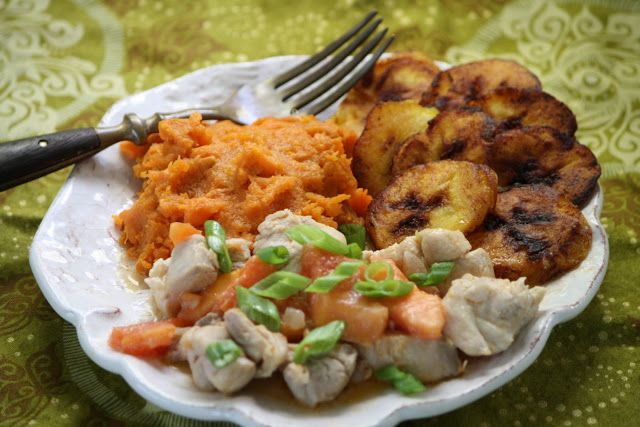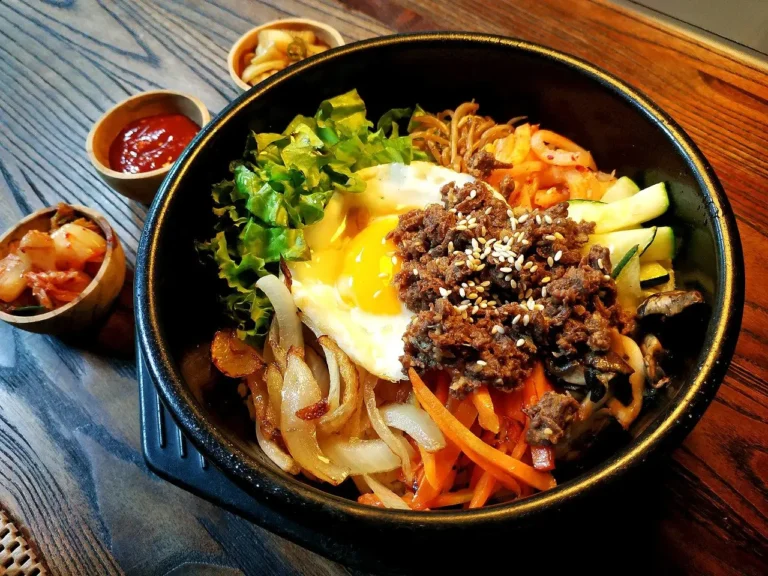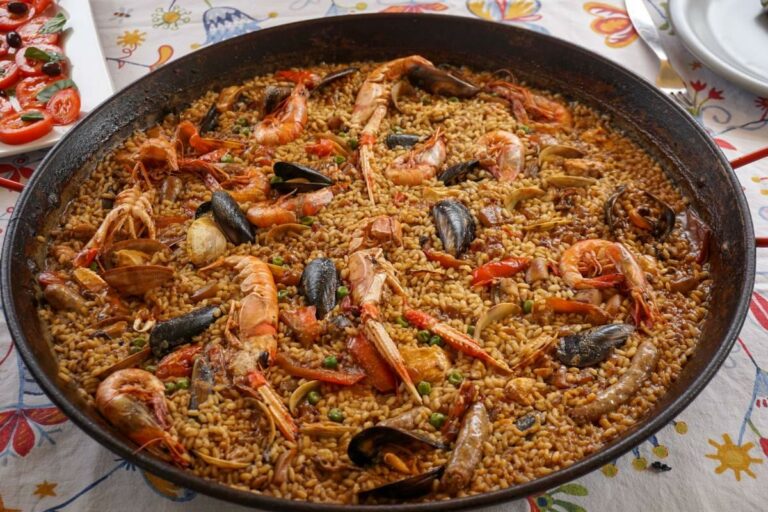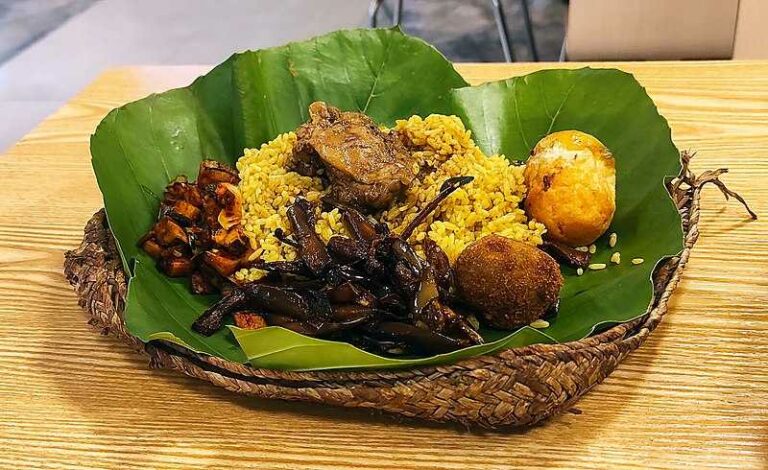Introduction: Slovak Cuisine
Slovak cuisine is a reflection of the country’s history and geography. Its rich culinary heritage comes from the influences of neighboring countries such as Austria, Hungary, and the Czech Republic. Slovak cuisine is known for its hearty, filling, and flavorful dishes. It features a wide range of ingredients, with a focus on meat, dairy products, potatoes, and dumplings.
The Role of Meat and Dairy Products
Meat plays a significant role in Slovak cuisine, with pork being the most commonly used meat. Beef, chicken, and game meats are also popular. Dairy products such as milk, cheese, and butter are widely used in many dishes. Cheese is a staple ingredient in Slovak cuisine, with bryndza being the most famous. It is a soft, creamy cheese made from sheep’s milk and is used in many traditional dishes.
Focus on Potatoes and Dumplings
Potatoes and dumplings are two of the most popular ingredients in Slovak cuisine. Dumplings come in various forms, such as potato dumplings, bread dumplings, and liver dumplings, among others. They are usually served as a side dish and are the perfect accompaniment to meat dishes. Potatoes are also a staple ingredient and are used in many traditional dishes such as halusky, a dish made of potato dumplings and bryndza cheese.
Spices and Flavors in Slovak Cooking
Slovak cuisine is not known for its use of spices. However, salt, pepper, paprika, and garlic are commonly used to add flavor to dishes. Herbs such as dill, parsley, and chives are also used to season dishes. The use of vinegar and sour cream is also prominent in many dishes, adding a tangy flavor to the food.
Traditional Slovak Dishes to Try
There are many traditional Slovak dishes to try, such as bryndzove halusky, a dish of potato dumplings with bryndza cheese, and kapustnica, a hearty soup made with sauerkraut and meat. Bryndzove pirohy, a type of dumplings filled with bryndza cheese, and goulash, a meat stew seasoned with paprika, are also popular dishes. For dessert, try palacinky, thin pancakes filled with jam or fruit.
Conclusion: A Flavorful Culinary Experience
Slovak cuisine is a blend of flavors and ingredients that make for a hearty and satisfying dining experience. With a focus on meat, dairy products, potatoes, and dumplings, Slovak cuisine offers a diverse range of dishes that are both filling and flavorful. Traditional Slovak dishes are a must-try for anyone looking to experience the country’s rich culinary heritage.










